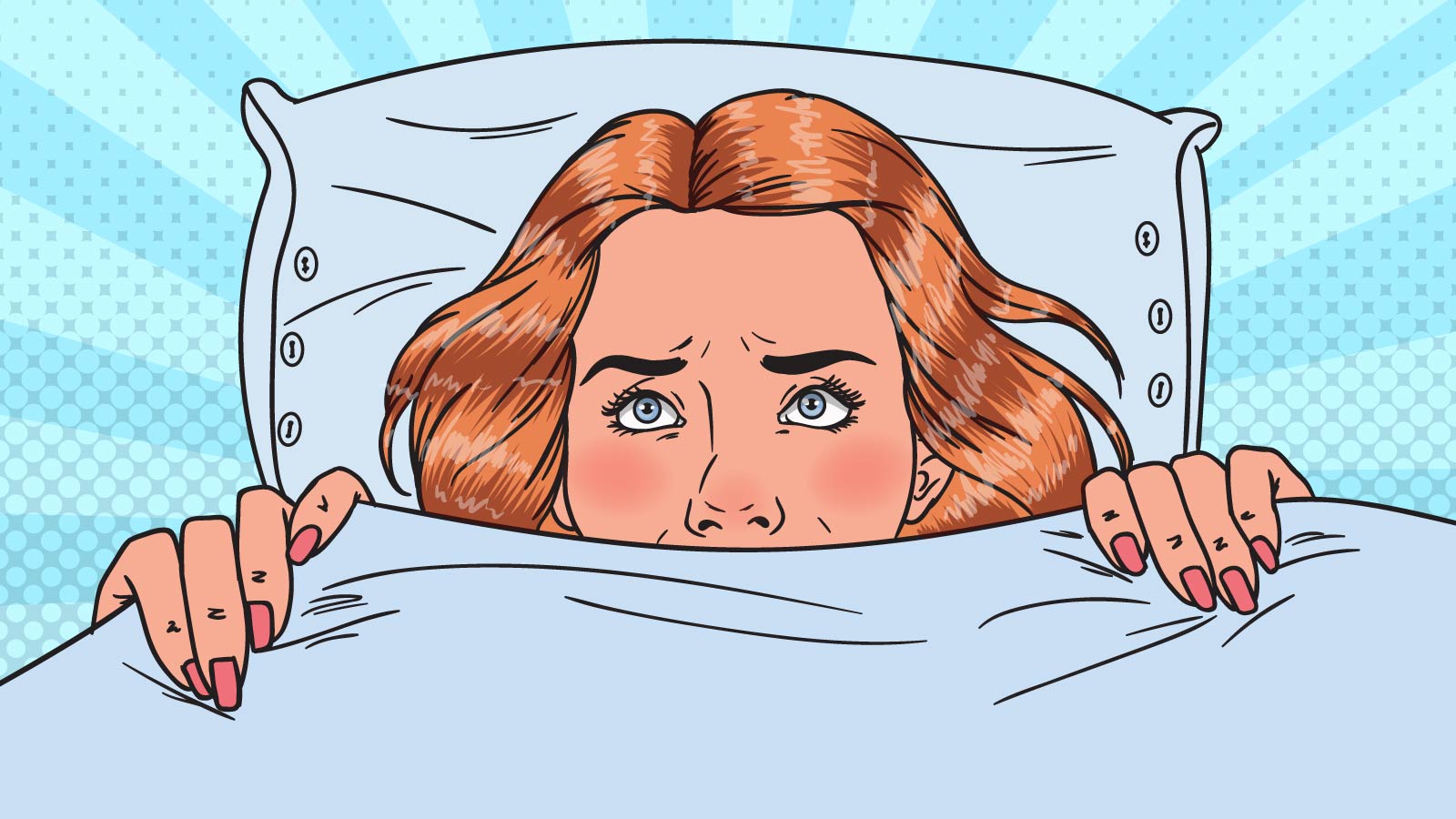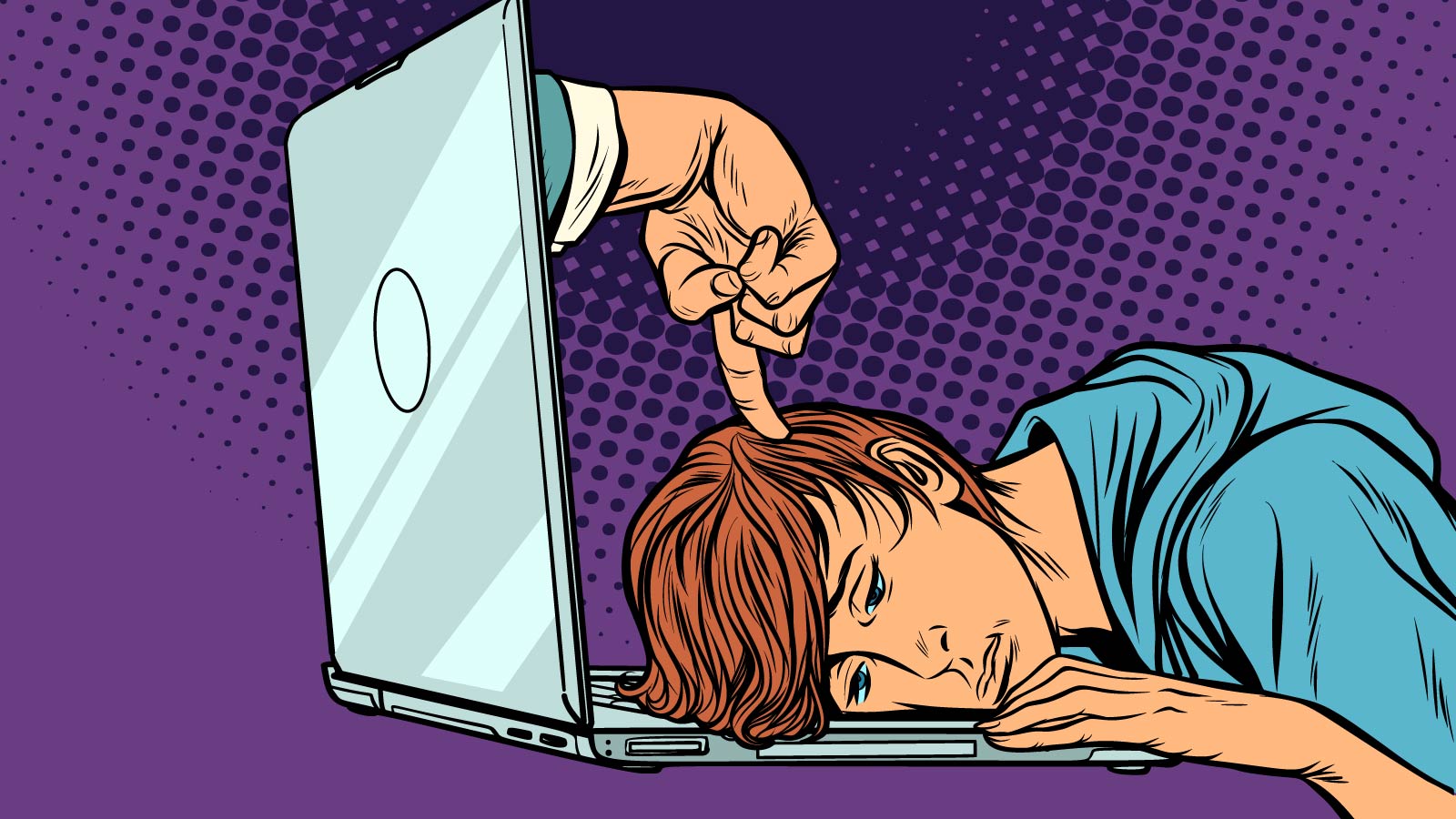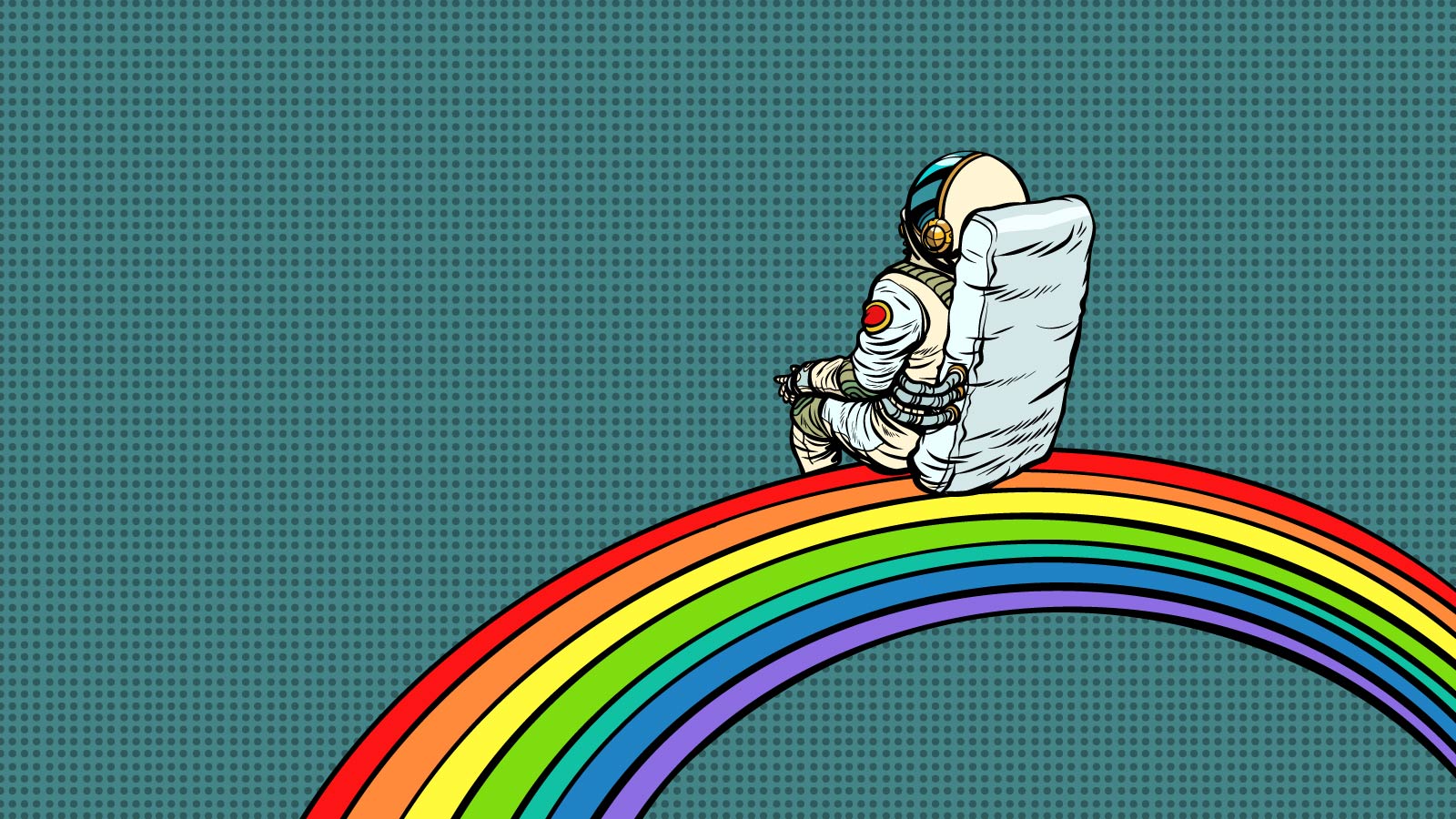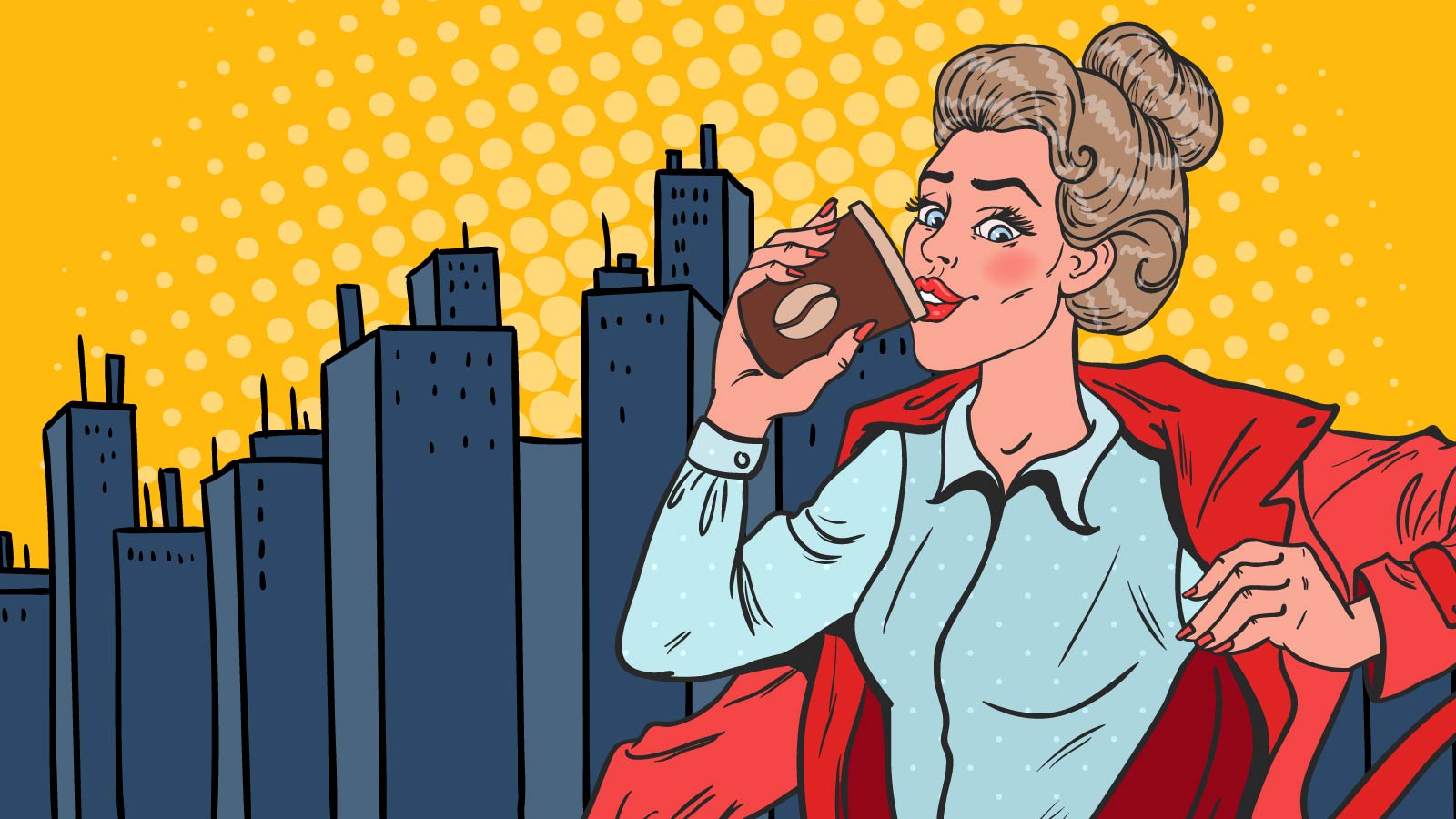When I first began exploring the psychedelic community’s views on the potential benefits of psychedelics for chronic pain sufferers, I encountered various facilitators. The prevailing application for chronic pain was that these medicines can help you reframe your relationship with your pain, reducing the suffering and mental health problems associated with a life of constant pain.
I personally found this quite strange, as I didn’t start to learn much of anything about psychedelics until after I had already used them to heal myself of nearly 20 years of chronic pain.

Breaking the Chains of Chronic Pain
Unlike most people, psychedelics came into my life first and foremost as a means of treating the root causes of my chronic pain. I broke my L5 vertebra in half in a skiing accident in late 2002 at the age of 17.
After a partial recovery, I spent almost two decades in a downward spiral of worsening chronic pain, mobility, and the mental health problems associated with such a life. I had back surgeries in 2008 that served as a temporary band-aid. By early 2016, I was confined to a wheelchair.
Posture therapy alone got me out of a wheelchair for good in late 2019, but I endured another year and a half of pain before I found psychedelics in the spring of 2021.
A New Path to Healing
After my incredible healing, I began exploring the psychedelic community to find that healings from chronic pain like I experienced were pretty much considered spontaneous. Six months after that experience, I competed in my first disc golf tournament—a nine-mile hike through the mountains. Surely, someone would have figured it out if there were a way to make what happened to me a regular thing. I finished my posture therapy certification and started helping people in that capacity instead of pursuing my allegedly random healing any further.
But that changed when one of my posture therapy clients committed suicide after losing her job and house due to painful disability, despite making steady but ultimately too slow progress in her recovery. I promised both her memory and myself that I would create and share with the world a robust psychedelic modality designed to target chronic pain on top of the mental health benefits that everyone was talking about.
Combining Therapies for Breakthroughs
Where to start? Well, I had a good idea. I didn’t do what most people did on mushrooms. They were wearing blindfolds, listening to music, and lying on a bed or a couch.
I knew I would base this new modality on the healing I had experienced when I serendipitously combined several hours of a physical rehabilitation method known as posture therapy with psilocybin-containing mushrooms.
Posture therapy alone got me out of a wheelchair, but I endured another year and a half of pain before combining this powerful modality with psychedelics finally got me out of chronic pain.
I have been working tirelessly to fulfill my promise. As of June 4th, 2024, I consider my debt to her paid in the only way I know how: with my #1 New Release book, Psychedelics, Chronic Pain, & the Posturedelic Hypothesis.

The Burden of Chronic Pain
Chronic pain can destroy a person’s life so thoroughly that it can feel like the wrath of God. It wasn’t until after I had healed my physical pain that I even began to think about using psychedelics for healing my emotional and spiritual wounds. I was anxious to swallow a bullet if I couldn’t fix the physical pain, and soon. There was plenty of time to be happy later, but getting out of pain was a prerequisite for me.
The Toll
Chronic pain costs the United States alone hundreds of billions of dollars every year and is an epidemic in its own right. It helps to fuel the Opioid Crisis. It causes untold human suffering in the form of increased unemployment, poverty, crime, mental health problems, accidental overdoses, and intentional suicides.
Traditional Pain Management Approaches
In recent decades, the Bio-Psycho-Social (BPS) model of pain management has become a top framework for treating chronic pain holistically. It is undoubtedly an improvement over previous models, though it is underutilized and most often underachieved when attempted. Holistic care is made piecemeal when you have to go to different providers for different treatments at different times.
I would argue that our nation wouldn’t have been so vulnerable to such a severe Opioid Crisis if we were better at resolving more cases of intractable chronic pain.
Yes, we need help reframing relationships and reducing suffering, but first and foremost, we need better ways to relieve pain permanently. We need a new model for addressing chronic pain that is even more holistic than the limitations of the BPS model.
What I experienced marked so many of these boxes.
As a professional posture therapist by trade with industrial engineering and computer science degrees, I have good scientific analysis, problem-solving, and critical-thinking skills. I set out to learn what mechanism of action enabled my healing and how to make it safe and reliable.
Here’s what I found.

The Role of Psychedelics in Pain Management
The ability of psychedelics to rewire the brain by increasing neurogenesis and neuroplasticity provides a unique set of solutions to the problem of chronic pain when used in combination with the proper techniques.
Psychedelics and the Mind-Body Connection
The word psychedelic means “mind manifesting,” referring to the ability of these medicines to give us access to portions of our consciousness that are usually just out of reach. Indeed, this altered space is where we can find such incredible healing from many mental health conditions.
But what could a class of drugs touted for manifesting our minds have to offer in the way of physical healing and, even more strange, something as esoteric as posture?
Just as psychedelics can amplify the more subtle aspects of the mind, there are ways to amplify and modulate the mind-body connection as well.
Scientific Support for Psychedelic Pain Management
Believe it or not, the first Western researchers began looking at psychedelics for chronic pain about 100 years ago when phantom limb pain was rocking much of Europe’s population after the horrors of trench warfare. Zador’s study was small in scale but showed remarkable efficacy potential and certainly warrants further study.
Promising research continued on and off with phantom limbs and other areas of chronic pain until the Controlled Substances Act shut it down. Since the psychedelic renaissance, this field has been slower to grow, with much more attention and funding directed toward mental health applications of psychedelics.
Even still, you’ll find almost 80 published research articles in the Psychedelics and Pain Association’s databases on a wide variety of topics relating to psychedelics, pain, and inflammation.
More research into phantom limb pain is happening at UCSD, combining psilocybin with mirror-box therapy. Mirror-box therapy in isolation is the best (but not perfect) treatment currently available for phantom limb pain. The hope is that combining these two modalities will increase the efficacy as compared to each treatment individually. Sound familiar?
The research I’m most concerned with focuses on two specific but seemingly spontaneous abilities of psychedelics that are demonstrated in the research quite well: 1) the ability to modify body schema models in the brain, as demonstrated by phantom limb studies, and 2) the ability to defuse hyperactive pain circuits in the brain, as other studies in the Psychedelics and Pain Association database linked above demonstrate.

The Posturedelic Hypothesis
Psychedelic-Assisted Posture Therapy, or Posturedelic Therapy, is designed to manifest improved alignment physically, emotionally, and spiritually.
I first became cued in on the ability of psychedelics to dissolve body schema models when I read Graham Hancock’s Visionary, and saw the ancient cave art depicting shamans’ bodies wildly stretched and distorted in depictions of their spirit world journeys.
This resonated with me as I felt the same way during my healing experience with psilocybin. That led me to works such as Sandra and Matthew Blakeslee’s The Body Has a Mind of Its Own and Reality Switch Technologies by Dr. Andrew Gallimore.
Body Schema Models
My big breakthrough in understanding what had happened to me came when I combined Dr. Gallimore’s work on how our brains construct our individual simulations of reality and how psychedelics affect that process with the newfound understanding of how body schema models impact posture and the experience of pain I found in the Blakeslee’s book.
Just as psychedelics can dissolve our brains’ models of how we perceive ourselves and the world around us to make us more pliable and open to change, these amazing medicines can also dissolve the models that define how our brains control our bodies.
These parts of the brain are called body schema models. They define every tiniest detail of how your body moves; they’re involved with how and where you feel pain, and without them, you wouldn’t even be able to imagine moving your own body.
Posture therapy alone slowly sculpts these body schema models to improve posture, like chipping away at a granite block with bronze tools. Adding psychedelics to the mix in the proper way makes these models more pliable, and now, doing posture therapy is more like sculpting wet clay.
Psychedelics and Posture Therapy Collide
The Posturedelic Hypothesis, as I call it, suggests that combining psychedelics and posture therapy with other holistic practices can profoundly alter body schema models. This process reduces the intensity of pain signals sent to the brain and rewires overactive pain signals related to those body schema models. Remarkably, these changes can occur quickly for a well-prepared participant. But it was just a hypothesis.
So, at this point, I had my first personal experience. That involved, among many things, a psychedelic apparition of a musculoskeletal system, which taught me the exercises I needed to get better. You can hear more about that on my “Share Your Experience” episode on the Reality Sandwich YouTube Channel.
I also had to learn more about administering this medicine safely. I began learning how to facilitate psychedelic ceremonies, and of course, I had to test this hypothesis extensively on myself before I could try it on anyone else. Posturedelic Therapy is the comprehensive facilitation protocol I designed due to this testing. Eventually, I would need to find a volunteer to take the next steps toward making good on my promise.
Practical Application and Success
I’ve found that this technique can suddenly enable progress in cases of completely intractable chronic pain and mobility restriction.
My first volunteer was someone I had been treating with standard posture therapy for almost two years. I tell the whole story in my book. The long story short is that immediately after his first Posturedelic Ceremony, he lifted a one-pound weight above his head with his right arm without any pain or significant compensation patterns—a motion he hadn’t been even close to capable of performing since his rotator cuff surgery over two years prior.
Pain and range of motion limitations persisted after that surgery despite posture therapy and traditional physical therapy interventions, which together provided significant success and progress in his knees, hips, and back prior to the administration of psychedelic-assisted treatment. He was even snow skiing again at the age of 68.
However, his shoulder problem persisted without even a modicum of improvement during the entire two years we worked together up to that point.
After a few hours of Posturdelic Therapy, this intractable problem, stuck in place for years, suddenly became unstuck.
He’s gained a bit more strength since then. My book includes the full case study, including the important details of his ceremony.

The Future of Chronic Pain Management
Posturedelic Therapy is just the first part of the revolution I see coming for the world of chronic pain. In my book, I also touch on the Spiritual-Bio-Psycho-Social (SBPS) model of pain management.
This is what I see as the next logical evolution of the BPS model due to the severe nature of the spiritual crises that chronic pain can inflict on people.
Psychedelics will revolutionize how we can address the Bio, Psycho, and Social aspects of pain management with tools such as Posturedelic Therapy, Psychedelic-Assisted Mental Health Therapy, and opportunities such as the free Posturedelic Integration Communities I offer respectively.
But psychedelics also offer the opportunity for people to develop their own personal spiritual frameworks and daily practices, which they can use to make sense of the world and help them become more conscious agents of change regarding their place in it. Finding spiritual growth from pain is an incredibly gratifying experience.
For me, outside of the direct pain relief benefits of Posturedelic Therapy, the next largest benefit is how it led to the spiritual framework that I am using to heal what I consider to be among the root causes of the mental health diagnoses that arose from so much time in pain.
My free integration communities allow anyone to explore all these aspects of Posturedelic Therapy, and more, and you can do it safely and anonymously.
Implementing Posturedelic Therapy: Retreats and Best Practices
For those wanting more than a free community, I’m implementing my full Posturedelic SBPS model at my Chronic Pain Mushroom Retreats outside Puerto Vallarta, Mexico, under the highest psychedelic standards of medical, mental health, and shamanic support.
As the first person to ever host an event such as this, I take my responsibility for setting a high standard of training and care in the burgeoning field of psychedelic pain management seriously. I’m consulting with Marin Campbell, a Doctor of Physical Therapy, to ensure we develop thoughtful best practices.
Pain Management Is a Personal Decision
What the facilitators I mentioned at the beginning of this article say about reframing our relationships with pain is true and powerful. It is one of the core concepts within the SBPS model, but it’s not the sole starting point.
It is becoming clear that psychedelics can target the root causes of various pain conditions directly. The people who are suffering should have the final say on when it is time to give up on finding relief and accept that the only option is to reframe their relationship with intractable pain.
For sufferers who aren’t yet on a psychedelic path, only you can decide if and when the time is right for you. Encouraging people who are already on a psychedelic path to focus on accepting pain without first exploring new techniques such as Posturedelic Therapy or other appropriate avenues amounts to nothing more than spiritual gaslighting.
A Holistic Approach to Pain Management
The mental health conditions that arise from chronic pain will be treated most effectively when the pain is treated at the same time. Chronic pain will be treated most effectively when mental health problems are treated at the same time. There is a synergy to be found.
That is because they involve constant interaction between all associated areas of the brain. This is why the major goal of Posturedelic Therapy is to trigger psychedelic synesthesia between the areas of the brain involved with the entire experience of chronic pain.
Pain becomes a lens through which all other facets of the reality simulated by the brain become distorted.
Psychedelic guides looking to target the mental health conditions associated with chronic pain more effectively have options. They can start incorporating the basic concepts of Posturedelic Therapy into their facilitation toolbox with minimal barriers. All it requires is a $10 eBook and some time to learn from others in my free Posturedelic Integration Communities.
All that said, we should also manage expectations. I’m the first to admit that Posturedelic Therapy needs to be studied in a clinical environment to determine which parts to keep, which to scrap, and which need more work.

Barriers to Scientific Progress
A couple of months ago, I consulted with a clinical psychedelic researcher on the design for a study looking at how psychedelics might impact fear-avoidance in cases of severe chronic pain.
Assuming the grant proposal is funded, The exciting part of this study design is that this will be one of the first times that a physical therapist will be in the room to administer exercise during a psychedelic journey in an NIH-funded study.
The unfortunate part of this study is that even if it gets funded, it may not start for years. This leaves us with more questions than answers when it comes to finding the solutions to chronic pain we urgently need today.
How many more years before we finally move from studying fear-avoidance in chronic pain to actually funding a large number of studies aimed at how best to treat the huge number of chronic pain conditions?
How many more people must die from suicide and accidental overdose in the meantime because they simply can’t take the pain anymore?
What are people like me supposed to do in the meantime? Watch quietly as people die while waiting for research to catch up and laws to change? I don’t think so.











